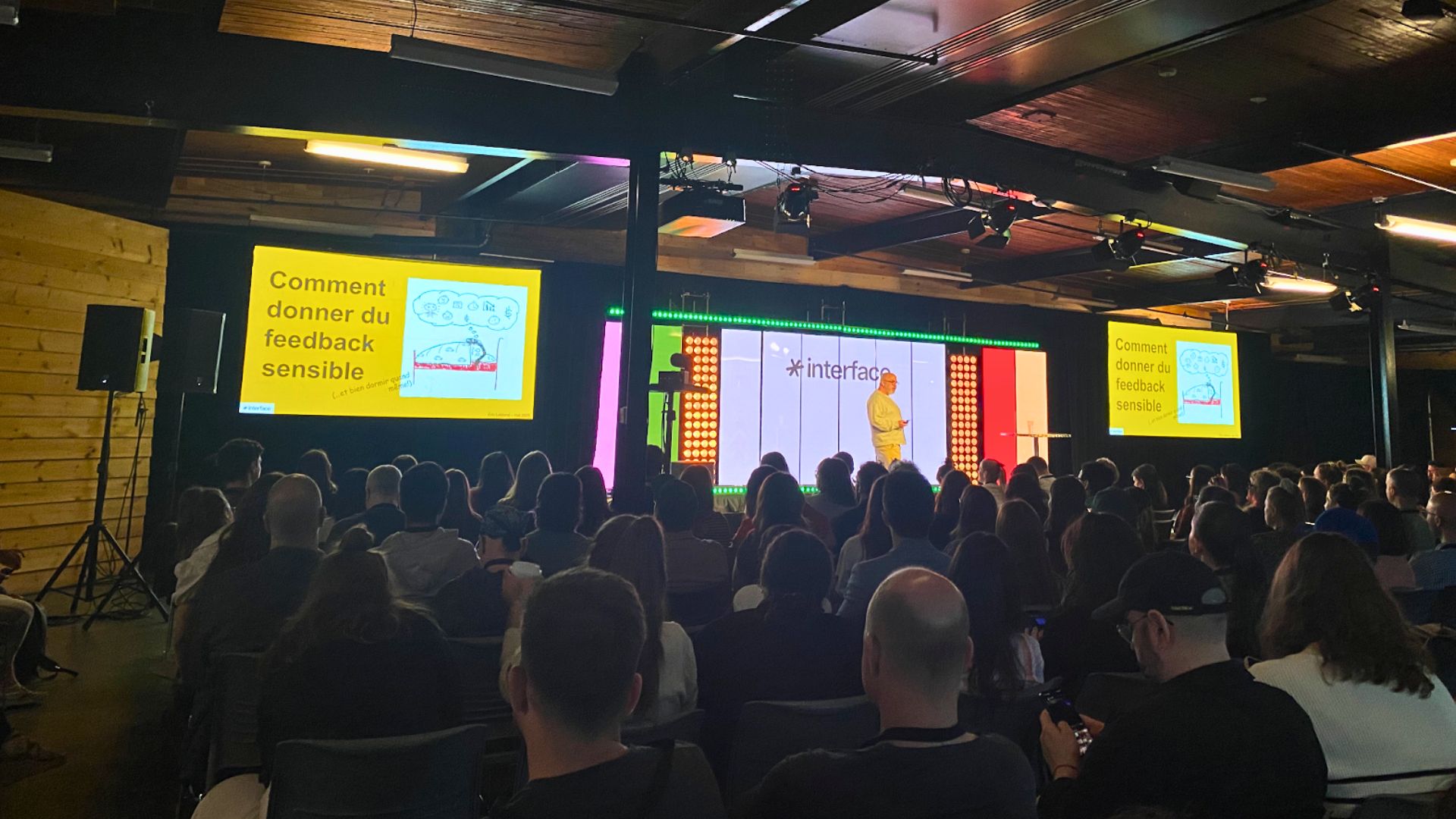Selon la plus récente enquête NETendance rendue publique par l’Académie de la transformation numérique la semaine dernière, 82 % des parents québécois dont les enfants ont dû demeurer à la maison à cause de la pandémie estiment que ceux-ci se sont bien adaptés aux apprentissages scolaires réalisés en ligne. La moitié des parents (49 %) est également d’avis que le numérique devrait occuper plus de place dans les apprentissages scolaires de leurs enfants.
Le volet La famille branchée de l’enquête NETendance est réalisé depuis plusieurs années au Québec. Il vise principalement à témoigner de l’usage du numérique chez les jeunes du primaire et du secondaire (6 à 17 ans). Cependant, il s’agit de la première fois où des questions en lien avec l’école à distance et le numérique en contexte scolaire étaient incluses dans le questionnaire. Trois collectes de données ont été réalisées durant les mois de mars, juillet et août 2021 auprès de parents internautes et non-internautes.
Il en ressort que :
- 94 % des jeunes du secondaire (13 à 17 ans) et 85 % des jeunes du primaire (6 à 12 ans) sont demeurés à la maison pour y faire des apprentissages scolaires en ligne à un moment où un autre depuis le début de la pandémie;
- 82 % des parents répondants (79 % des mères et 84 % des pères) trouvent que leurs enfants se sont bien adaptés aux apprentissages scolaires en ligne;
- Chez les garçons, 19 % de leurs parents ont mentionné avoir trouvé l’adaptation de leurs jeunes plus difficile en comparaison à 13 % chez les filles;
- 29 % des parents se sont dit très à l’aise pour soutenir leur enfant dans leur apprentissage en ligne, 47 % étaient plutôt à l’aise. On note quand même 18 % qui se sont sentis plutôt mal à l’aise pour le faire.
- 49 % des parents répondants considèrent que le numérique devrait occuper une plus grande place dans les apprentissages scolaires de leurs jeunes à l’école. Mentionnons ici que les parents d’enfants âgés de 6 à 12 ans (54 %) sont plus nombreux que ceux ayant des jeunes de 13 à 17 ans (43 %) à penser que le numérique devrait occuper une plus grande place dans les apprentissages scolaires de leurs enfants.
Usages des appareils électroniques
La presque totalité (98 %) des jeunes de 6 à 17 ans utilisent désormais des appareils électroniques, que ce soit à la maison ou ailleurs; 71 % d’entre eux font même usage de trois appareils électroniques et plus. Le téléphone intelligent a continué sa progression chez ce jeune public : ce sont maintenant 84 % des adolescents qui en possèdent un et 65 % des 6 à 12 ans.
Mentionnons que la tablette électronique, qui était en 2020 l’appareil électronique le plus populaire auprès des jeunes, a vu son taux d’utilisation baisser en un an, passant de 71 % en 2020 à 62 % en 2021 pour l’ensemble des jeunes. Celle-ci a probablement été délaissée au profit du téléphone intelligent que les jeunes peuvent plus facilement transporter partout avec eux. Par ailleurs, l’ordinateur est possiblement devenu le principal outil pour l’école en ligne. Son usage est demeuré stable (70 % en 2021 et 69 % en 2020).
Soulignons aussi que les garçons continuent d’être plus nombreux que les filles à utiliser la console de jeu vidéo, soit 78 % des garçons comparativement à 54 % des filles.
Temps passé sur Internet
Le temps passé sur Internet par les jeunes de 6 à 17 ans est demeuré assez stable en 2021 par rapport à 2020 (42 % vs 40 %). En regardant de plus près, on observe que 42 % des jeunes du secondaire consacrent plus de 15 heures par semaine en moyenne sur Internet. De leur côté, les jeunes du primaire sont 66 % à y passer dix heures ou moins par semaine.
Quels types d’activités pour les jeunes en ligne?
L’écoute de vidéo (ex. YouTube) demeure l’activité la plus pratiquée par les jeunes sur Internet avec 72 % (84 % des 13 à 17 ans et 62 % des 6 à 12 ans). Par contre, celle-ci est en baisse pour la deuxième année consécutive. Elle était de 86 % en 2019. Visionner des séries ou des films sur Internet (ex. Netflix) est considéré comme un autre type d’activité à laquelle 49 % des jeunes s’adonnent (60 % des 13 à 17 ans et 40 % des 6 à 12 ans). Une activité qui est aussi en baisse.
Considérant les activités davantage identifiées à un contexte d’apprentissage, notons que :
- 59 % des adolescents et 27 % des 6 à 12 ans disent utiliser Internet dans un cadre scolaire, pour faire des recherches par exemple. Ces chiffres étaient de 76 % et de 51 % en 2020.
- 49 % (62 % en 2020) des adolescents et 17 % (27 % en 2020) des 6 à 12 ans suivent un programme d’enseignement scolaire (à temps plein ou partiel).
- 31 % des jeunes visitent des sites de nature éducative (38 % en 2020).
Les autres activités les plus populaires chez les jeunes du primaire sont les suivantes :
- Jouer en ligne, seul ou avec des amis (64 %)
- Visiter des sites Web de divertissement (50 %)
- Communiquer par vidéo (ex. : FaceTime) (23 %)
- Envoyer des messages par textos (22 %)
Voici les principales activités chez les jeunes du secondaire
- Jouer en ligne, seul ou avec des amis (71 %)
- Envoyer des messages textes (69 %)
- Utiliser les réseaux sociaux (consultation, publication, interaction) (63 %).
- Visiter des sites Web de divertissement (61 %)
Somme toute, le volet social et interaction avec des jeunes est toujours très présent.
Encadrement parental
Mentionnons que 93 % des parents d’enfants de 6 à 12 ans appliquent des règles d’encadrement liées à l’usage d’Internet (soit en terme de contenu consommé que de temps d’écran), comparativement à 74 % des parents de jeunes âgés de 13 à 17 ans.
Finalement, 28 % des parents considèrent qu’il est très probable que leurs enfants soient victimes d’intimidation sur Internet en 2021, que ce soit par des pairs ou par des personnes inconnues. Il s’agit d’une augmentation marquée de 13 % comparativement à 2020 alors que 15 % des parents partageaient cette crainte. Les jeunes âgés de 6 à 12 ans seraient plus à risque, alors que 35 % des parents d’enfants de ce groupe d’âge considèrent très probables les risques que leurs enfants soient victimes d’intimidation contre 18 % des parents dont les jeunes ont de 13 à 17 ans. Cette statistique était déjà en forte hausse en 2020, par rapport à 2019.
Le rapport complet est disponible sur le site Web de l’ATN.
(Re)Lire notre compte-rendu de l’année dernière en guise de comparatif.














